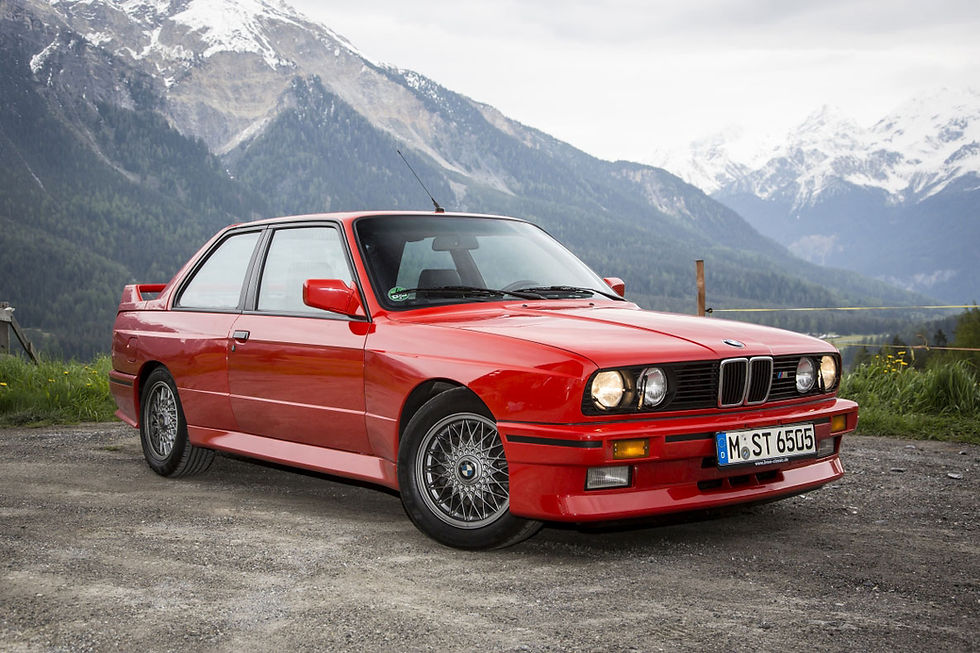"There is No Replacement for Displacement" I am sure you would have heard or read this statement many times. The bigger the engine, the better it is, right?? That's what I used to think as well until I saw the BMW E30 M3. The first generation of the M3, the car that started it all, was a small-capacity inline 4 engine that produced decent power but combined with the lightweight-ness, the Car was fast and fun to drive.
Generations came but none were able to replace the charm of the original legend, it's the very Car that taught me that the "size of the engine doesn't matter, the way it's engineered does". When it first came out in 1986 it was the first of its kind, it instantly became a sensation at the `1995 Frankfurt motor show when it was revealed for the first time.
It didn’t have a very long production period but for the years it was produced which was from 1986 to 1991, it created an impact that left millions of fans and enthusiasts around the world drooling over the M3.
Starting with the first thing, the Visualisation stage for the M3. The idea for the M3 came out from the Deutsche Tourenwagen Masters or GTM Racing series, which was a racing series as the name would have already suggested for touring cars, it started in 1984 and is still going strong in 2020.
At this point, you might have a question in your mind that why did BMW made the M3 road car, why didn’t just go on, develop a race car, and went racing. You see it’s not that easy, Group A regulations stated that BMW had to make at least 5000 Road going versions of the Racing M3 and sell them all within 12 months to be eligible to race, and they did it!
For its time, the M3 was a really advanced car, it had ABS and Ventilated discs, the suspension system on the M3 was directly derived from the racing car. My Favourite piece on the M3 has that 5 Speed manual transmission with those M Blue Violet and Red colors at the Top Left, which just makes it much more special.
Under the hood was the Engine that contributed largely to the success of the E30 M3, the 2.0 Litre 4-cylinder Engine that produced 200 Horsepower, that was the time when there was no need for 6 cylinders or a Turbocharger, a Naturally aspirated 4 Cylinder engine did the job pretty well.
The use of a relatively small engine in the E30 M3 didn’t mean that BMW couldn’t build great large engines, they still were the best in the business when it came to making engines and they showed it with their magnificent 6.1-liter v12 engine that made its way into arguably the greatest car of all time, the Mclaren F1, that’s the power they had and they still do.
This way of BMW showing the greatness of a not-so-big engine is still alive today, it’s just that now the engine has got two more cylinders added to it.
I am talking about the 6-cylinder BMW engine that has made its way into the M2 competition and the MK5 supra. It’s a wonderful engine that has got wonderful tuning potential, no wonder it’s being loved so much by the enthusiasts.
So, everyone, that will be all for this time, I trust you liked this one, if you did then do share it with your friends and do consider subscribing to Motordrift for more such content in the future.
Till then
Ciao

Opmerkingen